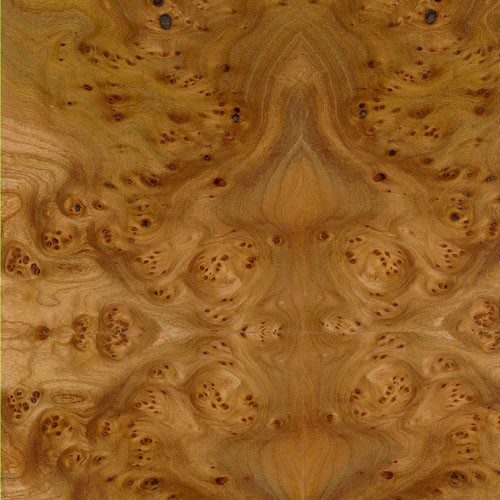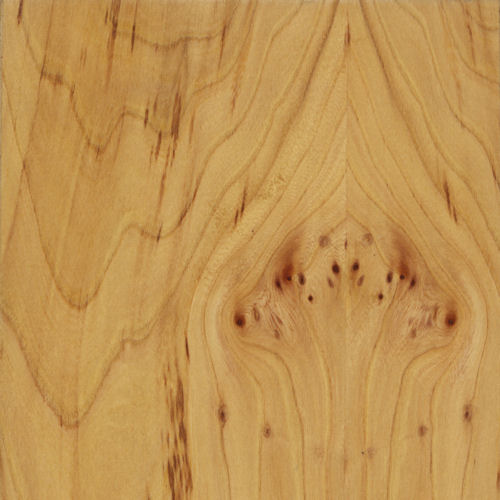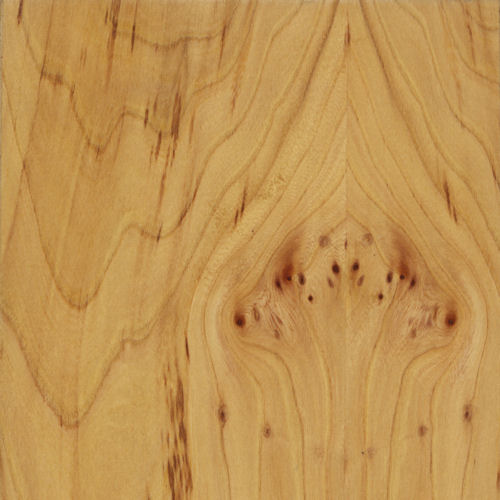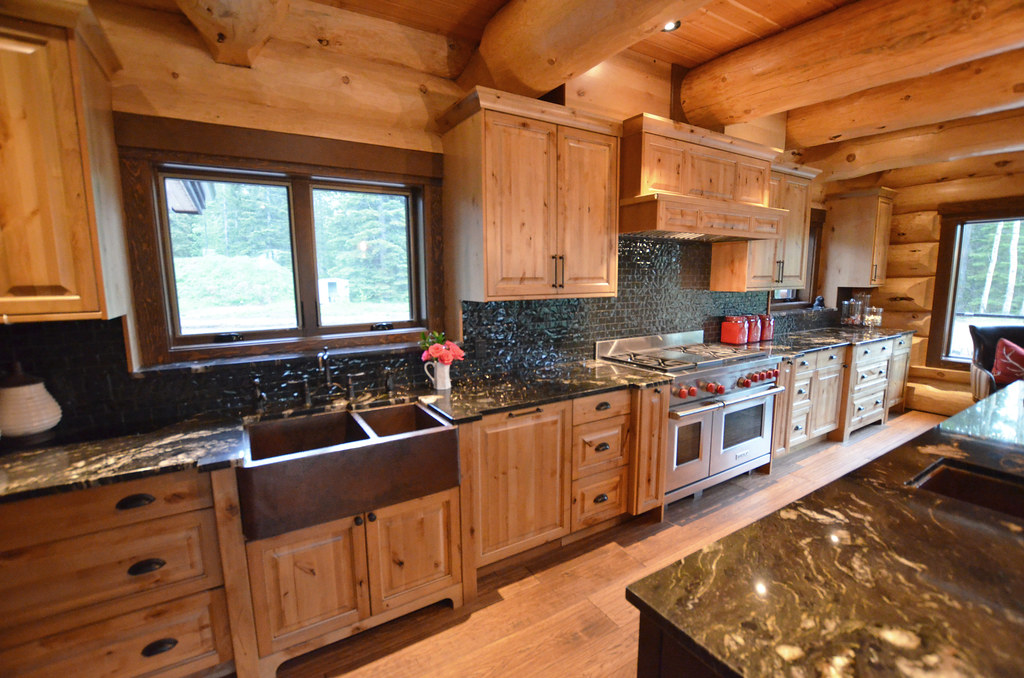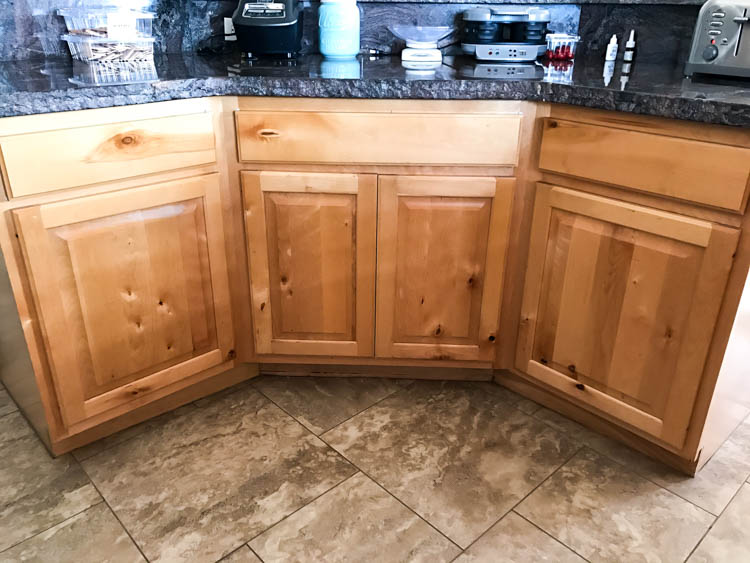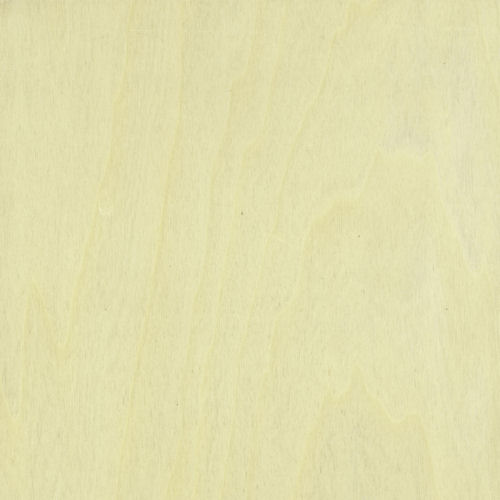American Elm
[Ulmus americana]
A large, handsome, graceful tree, the American Elm was once one of the most prevalent Elm species in North America. In the 19th and early 20th century, it flourished naturally from Nova Scotia to Alberta and Montana, as far south as Florida and Central Texas.
Not only did the fast-growing tree propagate naturally, it was also commonly planted as an urban species along city streets and in parks. Because of its graceful architectural form, American Elm was an ideal tree to plant on opposite sides of streets, allowing its branches to arch and blend together, forming a vaulted, “tunnel-like” leafy canopy for carriages and cars to drive under.
But around 1930, Dutch Elm Disease (DED) was accidentally introduced to North America, ravaging the American Elm, all but eradicating the species.
Fortunately, several famous stands of American Elms still survive. Including nearly 1,200 in Central Park in New York City – notably those lining the entire length of Fifth Avenue – the oldest of which were planted in the 1860s by Frederick Law Olmsted, making them one the oldest stands of American Elms in the world. Other renowned American Elms still grow in Independence Square in Philadelphia, and along much of the National Mall in Washington, D.C.
The “Washington Elm” in Cambridge, Massachusetts, played an interesting role in colonial American history. It was under this American Elm that George Washington is said to have taken command of the American Continental Army on July 3, 1775. Unfortunately, the tree was cut down in the 1920s after it was determined to be dead.
An extremely hardy tree, the wood of the American Elm is very tough and coarse, with interlacing, contorted fibers. So it can be a challenge to work with.
That said, American Elm is a stunningly attractive wood. Its heartwood ranges from a light to medium reddish brown color that’s perfectly complemented by its paler, off-white sapwood. The grain is interlocked with prominent growth ring patterns and standout, swirling figure. And it has a coarse, uneven texture.
A rare durable beauty, American Elm is an excellent choice for wood veneer sheets, custom plywood, heavy-duty furniture, boxes, and hockey sticks.
Species Distribution:
Eastern United States
Midwestern United States
Southeastern Canada
Common / Alternative Names:
Soft Elm
Water Elm
White Elm
Janka Hardness:
830 lbf
Sustainability Status:
CITES Appendices: Not listed
IUCN Red List of Threatened Species: Not listed
Related Species:
Carpathian Elm (Ulmus procera)
Cedar Elm (Ulmus crassifolia)
Dutch Elm (Ulmus x hollandica)
English Elm (Ulmus procera)
Red Elm (Ulmus rubra)
Rock Elm (Ulmus thomasii)
Winged Elm (Ulmus alata)
Wych Elm (Ulmus glabra)


